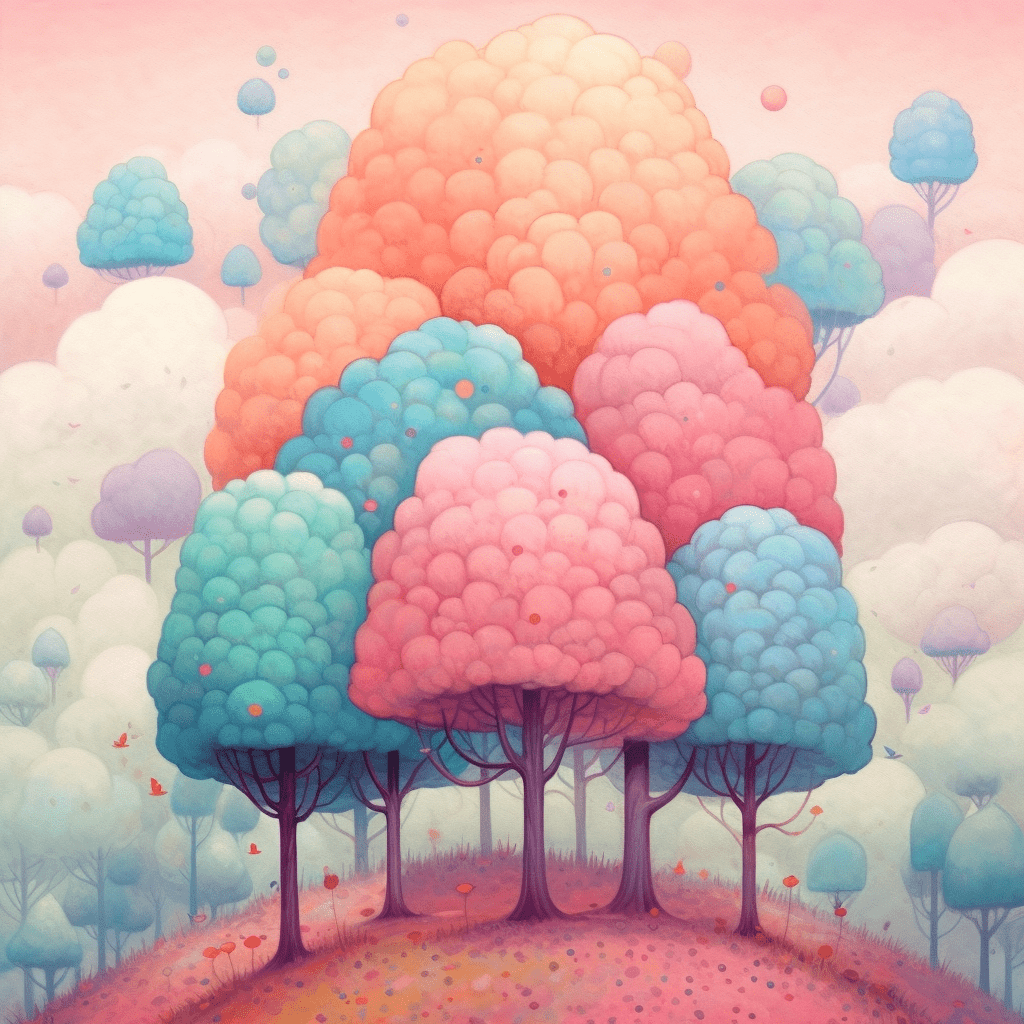NFTs (Non-fungible tokens) have gained significant traction in recent years, becoming a popular medium for digital artists, gamers, and collectors to monetize and collect unique digital assets. As crypto and web3 are rapidly evolving, many people are looking to enter the NFT market with their collection, but launching an NFT collection can be a daunting process, especially for those who lack coding expertise. Fortunately, there are tools and resources available that make creating an NFT collection an achievable task even without any coding skills. This article aims to guide you through the process of creating a no-code NFT collection using an NFT collection generator.

Understanding NFT Collections
Before diving into the process of creating an NFT collection, it’s vital to understand the concept of NFT collections and why they have become popular in the digital art and gaming worlds. NFT collections typically consist of a series of digital assets (artwork, game items, virtual real estate, etc.) that are connected through a similar theme or attributes. What sets NFTs apart from other digital assets is that each is a one-of-a-kind, unique item that can be owned, sold, or traded. This scarcity and exclusivity have led to the tremendous growth and popularity of NFTs in various markets.
Choosing an NFT Collection Theme
Before you begin the process of building your NFT collection, it’s important to decide on a theme that will be consistent throughout the art pieces or assets in your collection. This theme could be a specific art style, a subject matter, or even a specific type of digital asset such as virtual real estate or game items. Your theme will act as the foundation for your entire collection, so choose something that reflects your interests, passions, or niche that you believe has appeal within the NFT community.
Creating the Artwork or Assets
After determining your NFT collection theme, the next step is to create the individual pieces of art or digital assets that will comprise the collection. If you’re an artist, you can create the pieces yourself, or if you need some assistance, several tools and resources are available to help you design unique and striking digital assets. Some online platforms that cater to non-artists and allow users to create digital artwork without any coding or design skills include:
- Canva
- Adobe Creative Cloud Express
- Figma
These platforms are user-friendly and offer a multitude of templates, design elements, and tools to create striking digital assets that can be used for your NFT collection.
Selecting a Blockchain Platform

Since NFTs are built on blockchain technology, choosing the right blockchain platform is a crucial step in the creation process. Ethereum was the first blockchain to support NFTs; however, other blockchains like Binance Smart Chain, Flow, and Tezos have also introduced NFT support. Each platform has its pros and cons, including varying transaction fees, development flexibility, and compatibility with different wallets and marketplaces.
To choose the right blockchain for your collection, research the various platforms and consider factors such as transaction costs, community support, and overall ease of use.
Using a No-Code NFT Collection Generator
Once you have your digital assets and a chosen blockchain platform, the process of creating your no-code NFT collection becomes significantly easier with the use of an NFT collection generator or platform. These platforms act as an interface between you and the blockchain, automating the technical aspects of token creation and ensuring that your NFT collection is securely minted on your chosen blockchain.
Some popular no-code platforms for creating NFT collections include:
- Mintable
- Rarible
- OpenSea
These platforms provide easy-to-use interfaces that guide you through the process of minting your NFTs, adding metadata, and setting up your collection for sale or trade on popular marketplaces.
To begin using an NFT collection generator, you will need to connect your digital wallet to the platform. The digital wallet can be MetaMask, Trust Wallet or any other compatible wallet depending on the blockchain you chose. Once your wallet is connected, you can start the process of uploading your digital assets, adding specific details, and setting attributes or traits that distinguish each piece within your collection.
Once you’ve customized your NFTs, the collection generator will mint the NFTs on the blockchain, creating an immutable, secure record of your digital assets’ ownership.
Promoting and Selling Your NFT Collection

After minting your NFT collection, the next step is to promote and sell the pieces. Marketplaces like OpenSea, Rarible, and Foundation are popular platforms to list your NFTs for sale. To increase the chances of success for your NFT collection, it’s essential to develop a marketing strategy to reach the right audience. This may include promoting your collection through social media, engaging with the community in NFT-related forums and Discord channels, collaborating with influencers or artists, or even hosting exclusive events such as virtual gallery showings.
In addition to promoting your collection, consider offering incentives for early adopters, like limited edition pieces or discounted pricing. This will help to create buzz and cultivate a dedicated community around your NFT collection.
Leveraging Your NFT Collection
Creating and maintaining a successful NFT collection doesn’t stop at the initial sale. Engaging with your collectors and leveraging your collection for further growth is important to maintain momentum in the ever-growing NFT space. Collaborate with other artists to generate new content, consider expanding your collection with new themes, or explore additional utility for your NFTs, such as access to gated content or events.
In Conclusion: Embrace Your Creative Journey

Creating an NFT collection without coding skills is possible thanks to user-friendly, no-code NFT collection generators. By understanding the fundamentals of NFTs, choosing a unique theme, creating appealing artwork, selecting the appropriate blockchain, and leveraging no-code NFT platforms, you can create an NFT collection that appeals to the growing digital asset community. Don’t forget to continue engaging with your audience and exploring new ways to promote and build upon your collection to ensure a successful and enduring presence in the NFT world.
